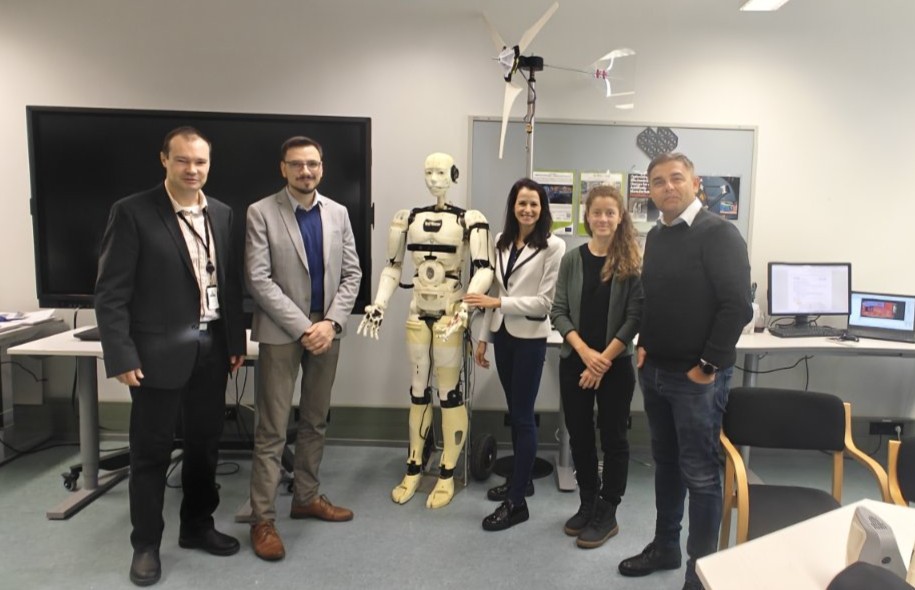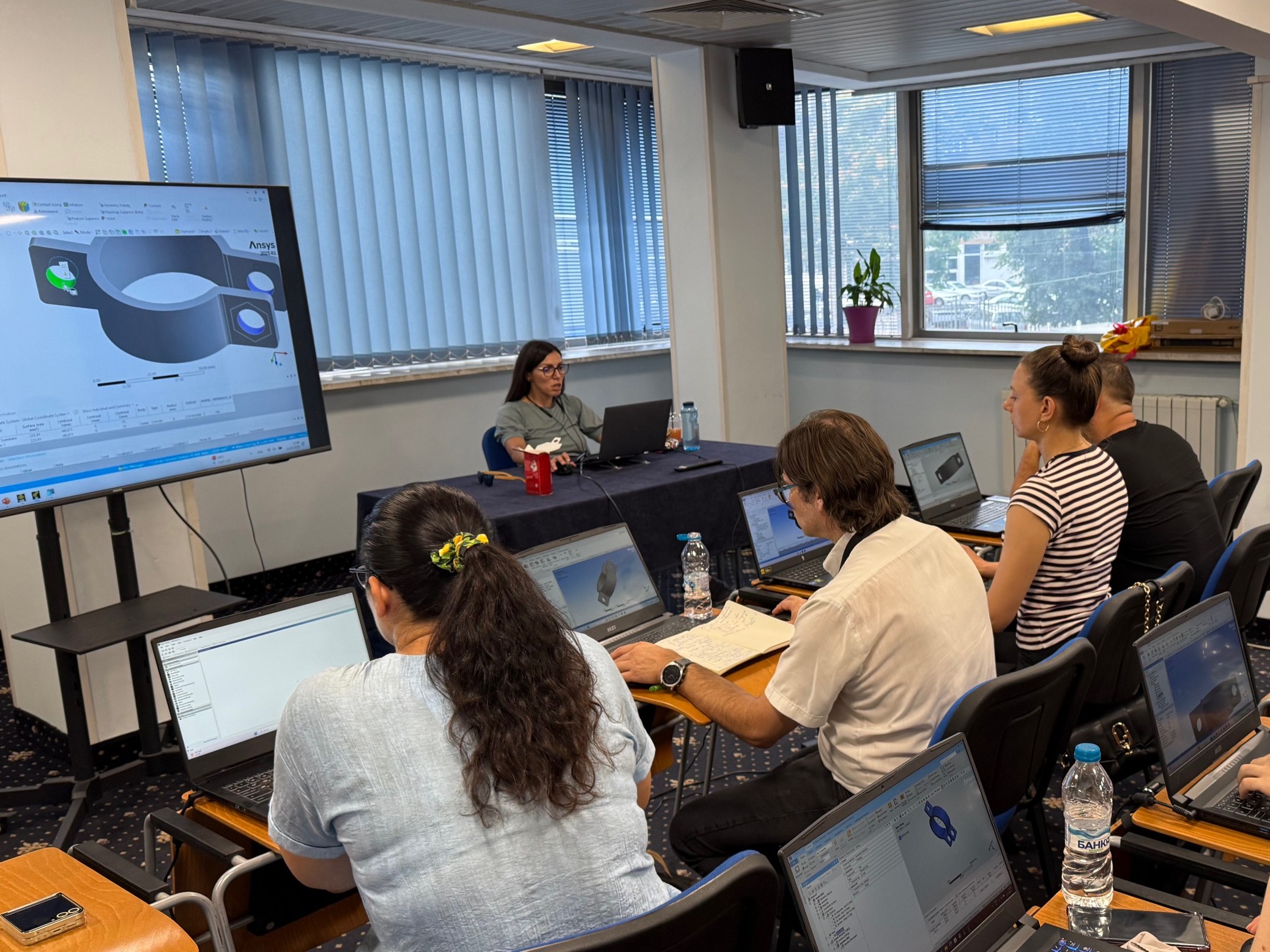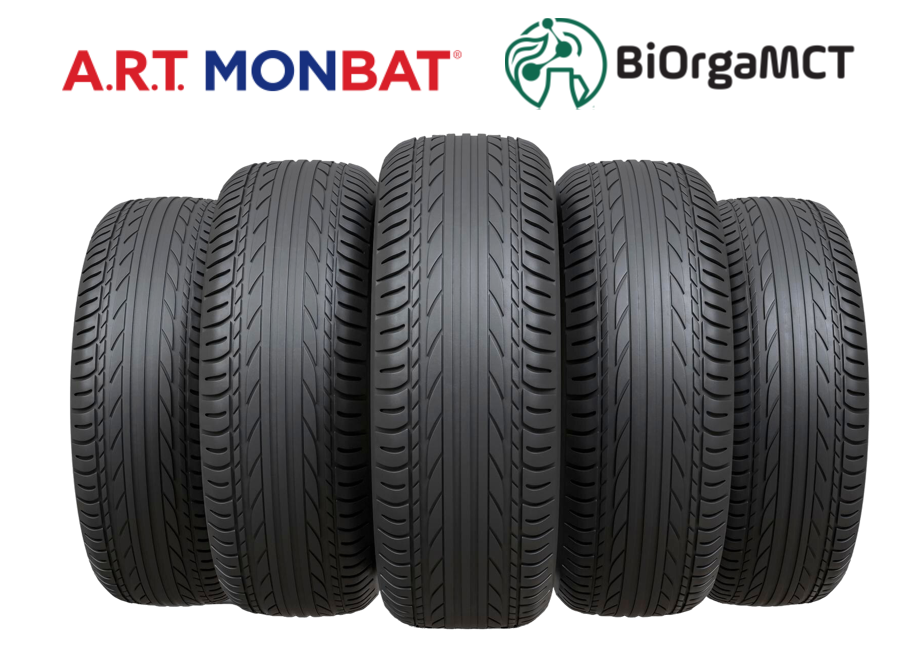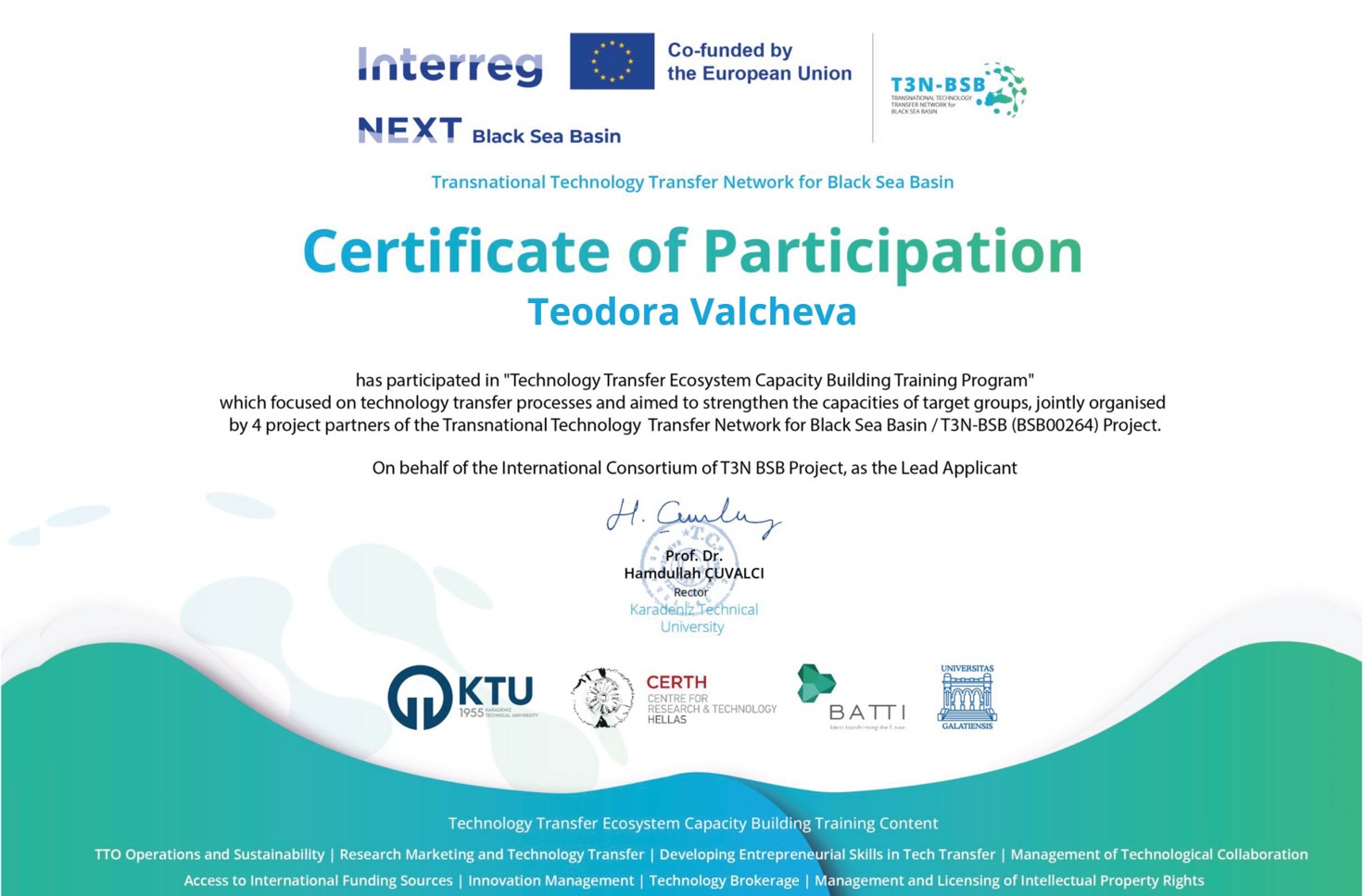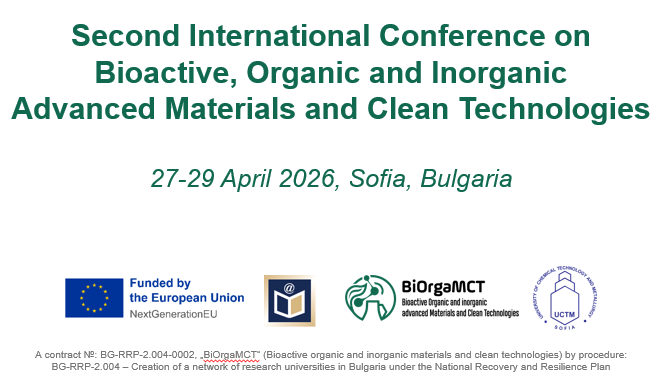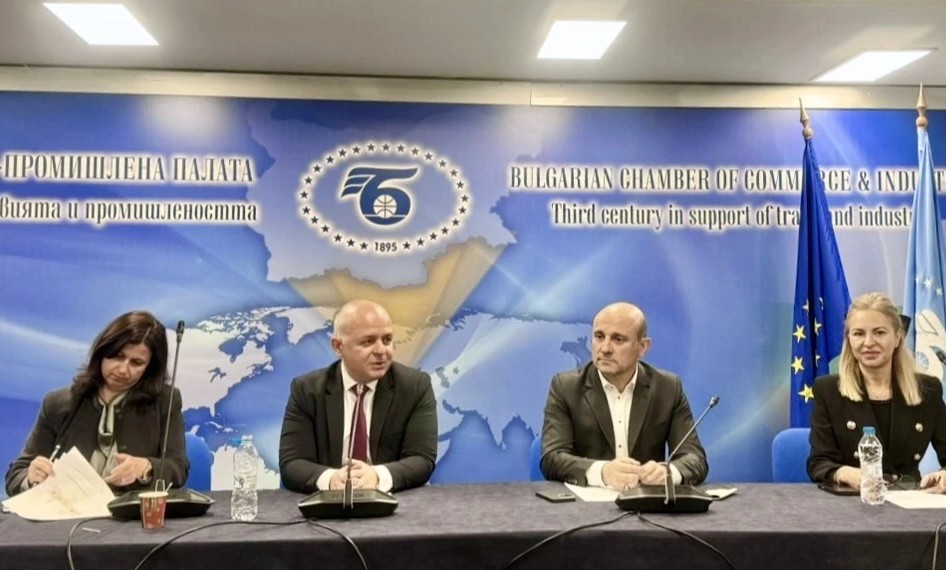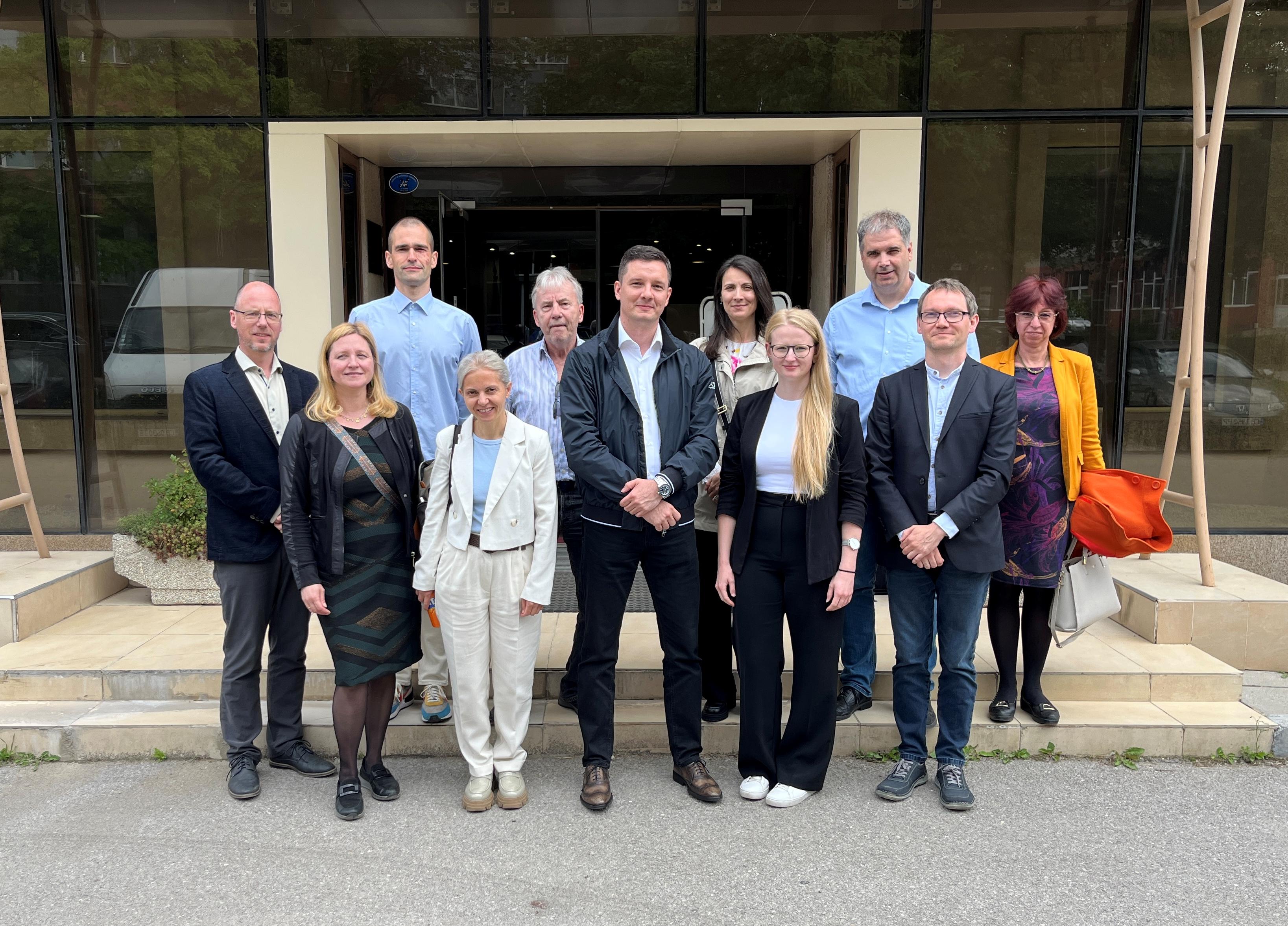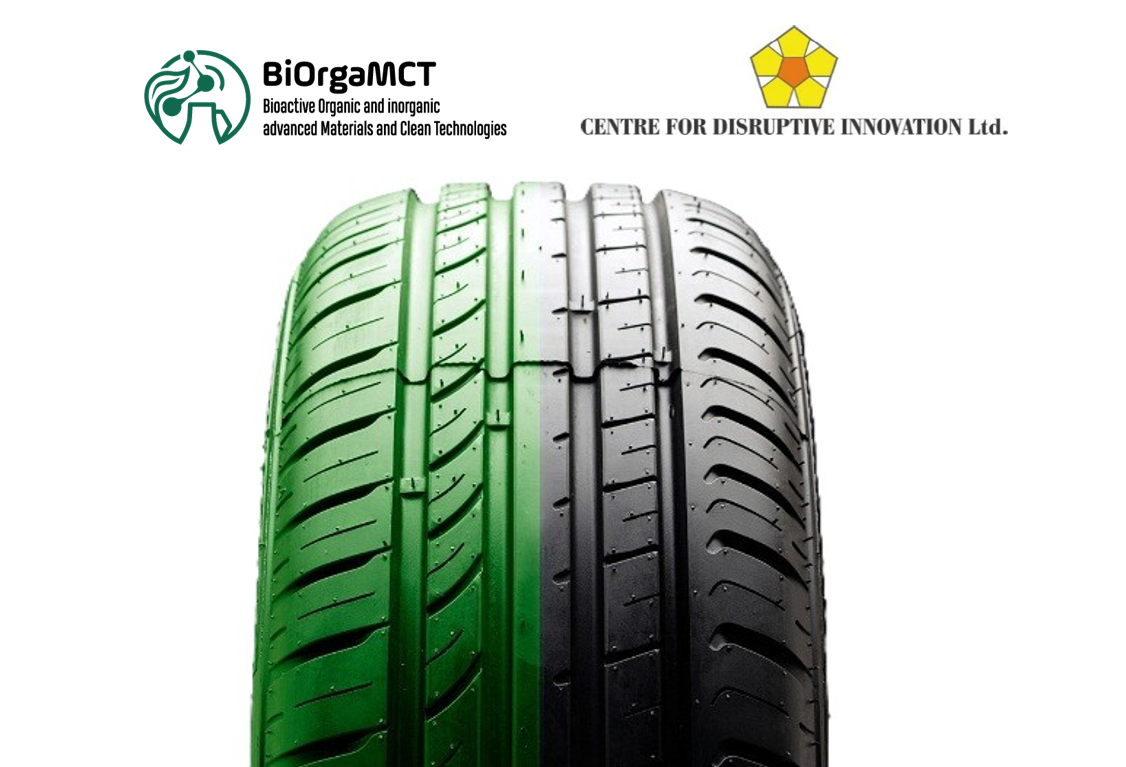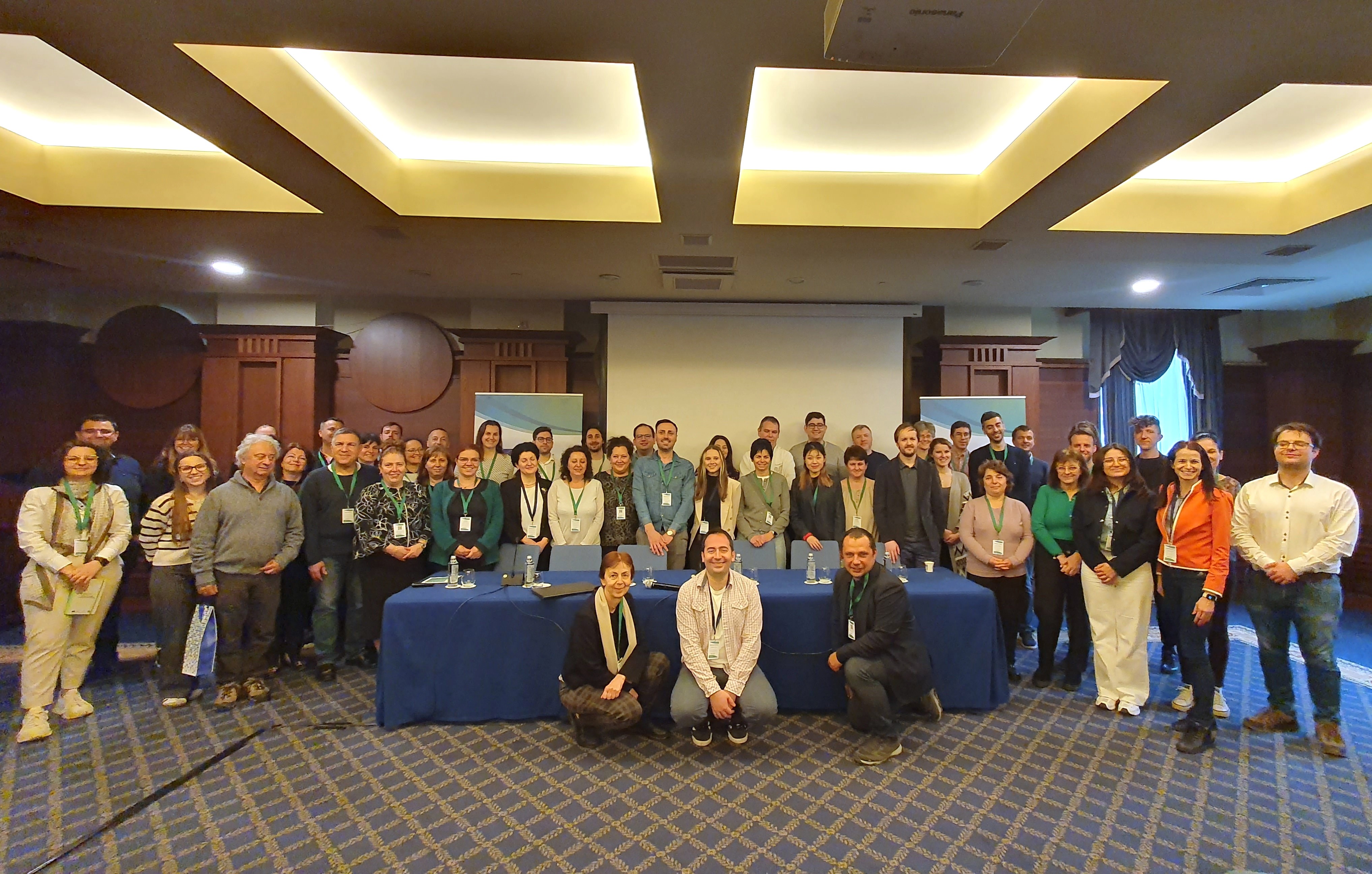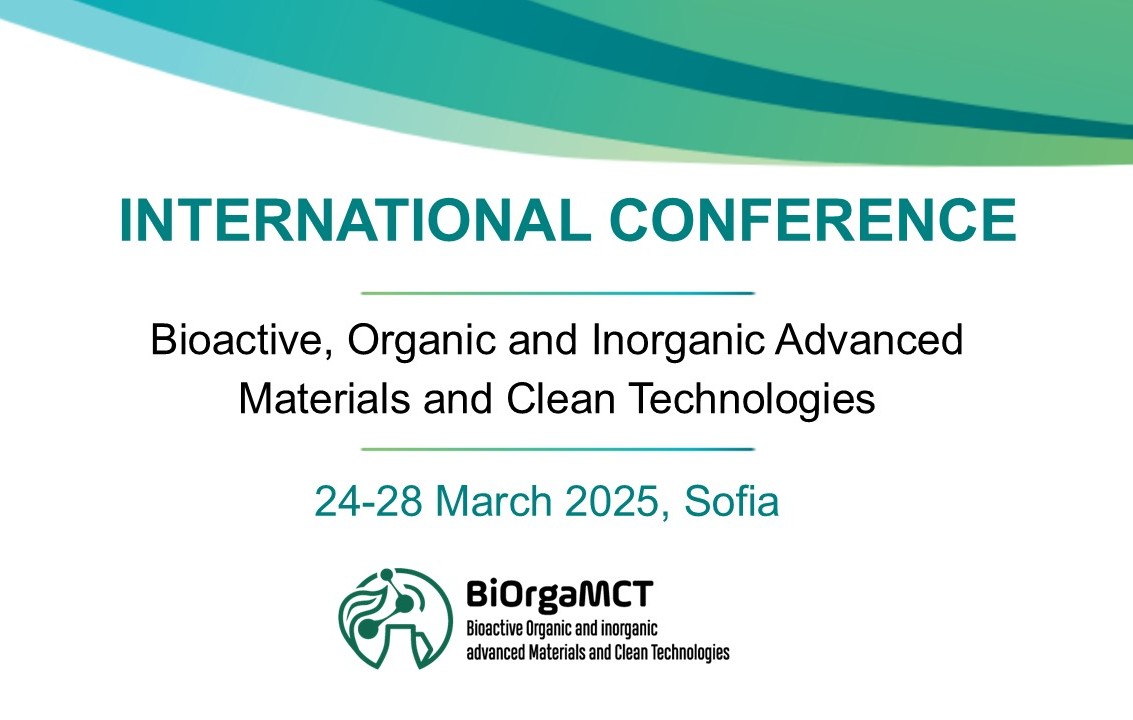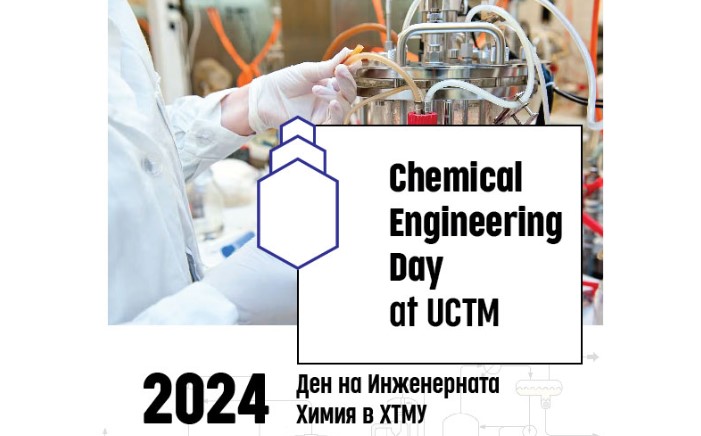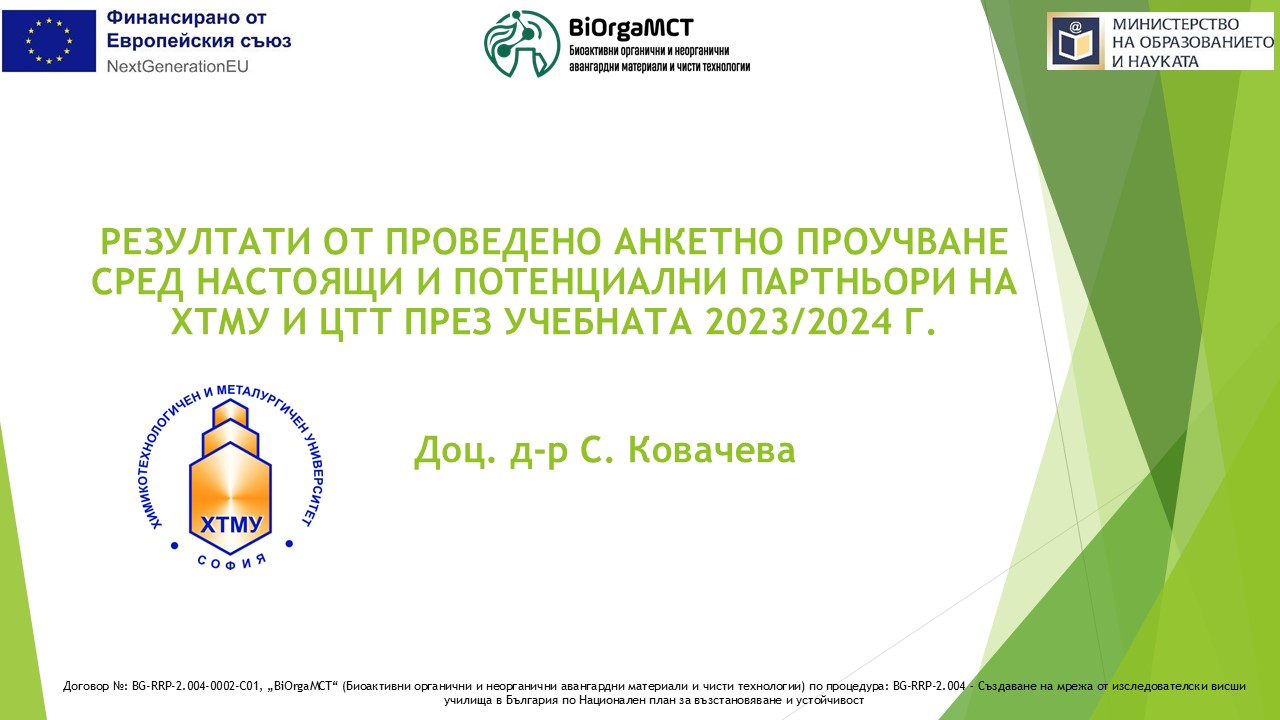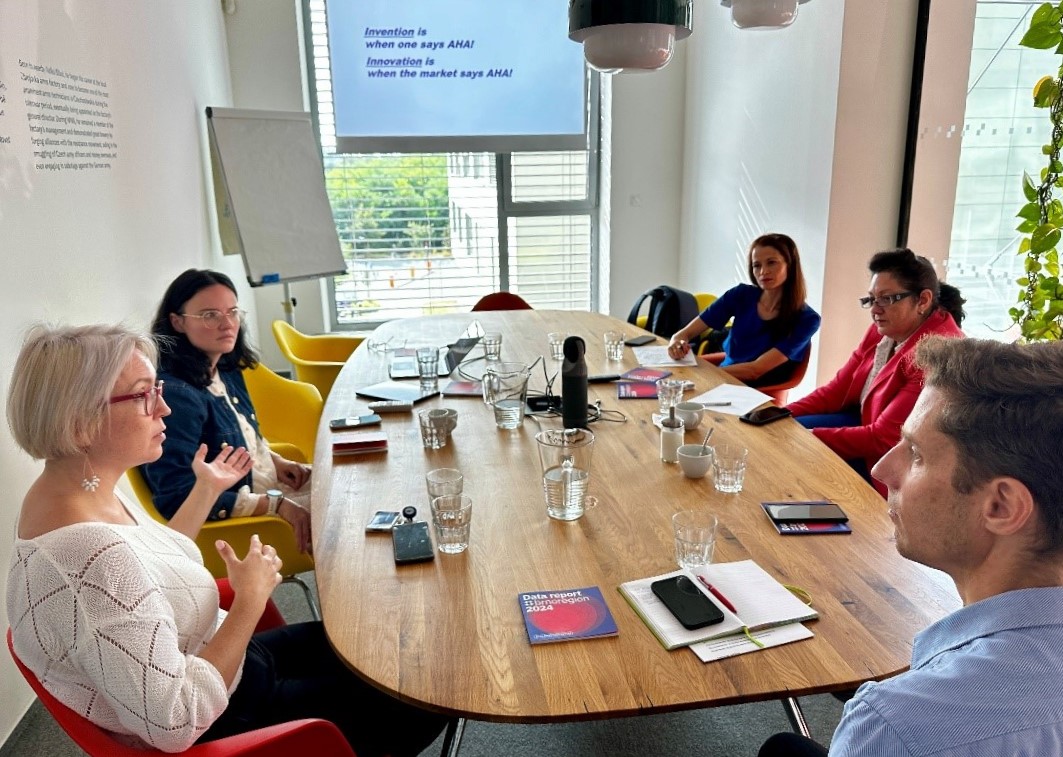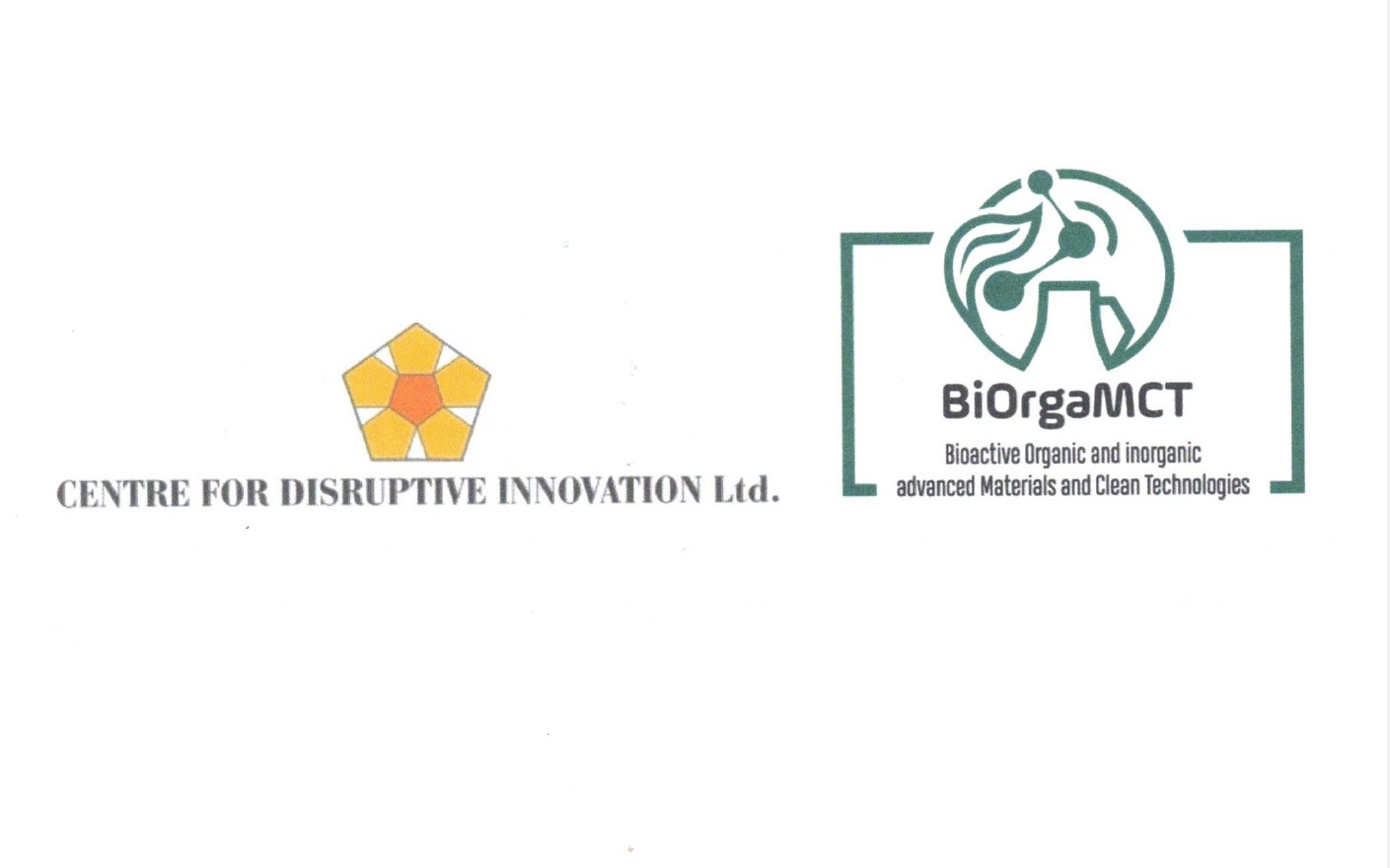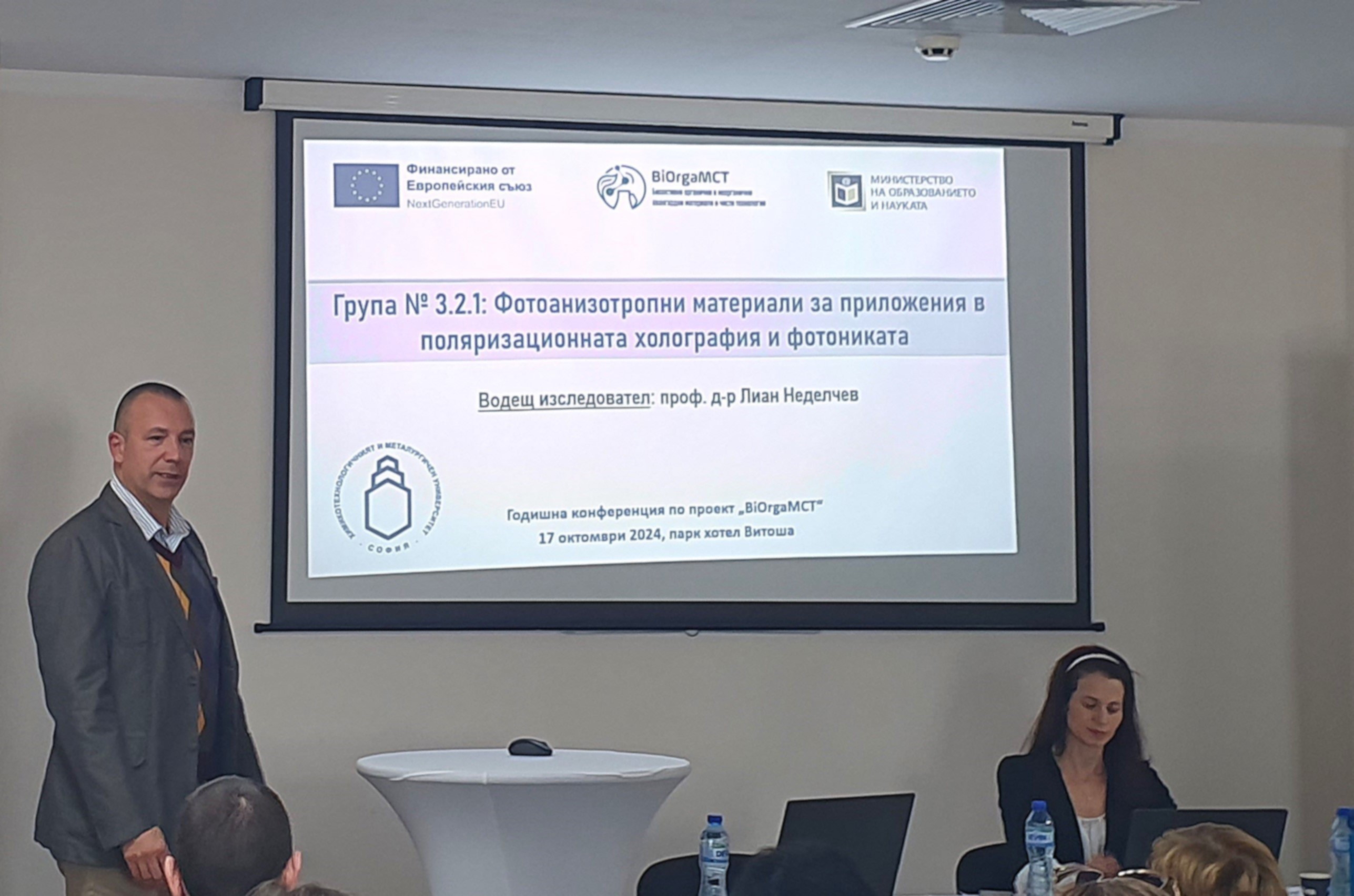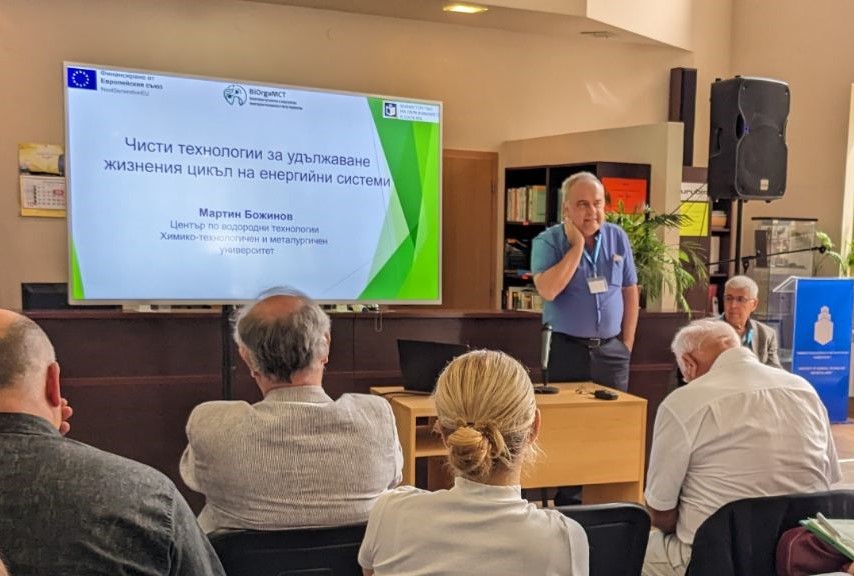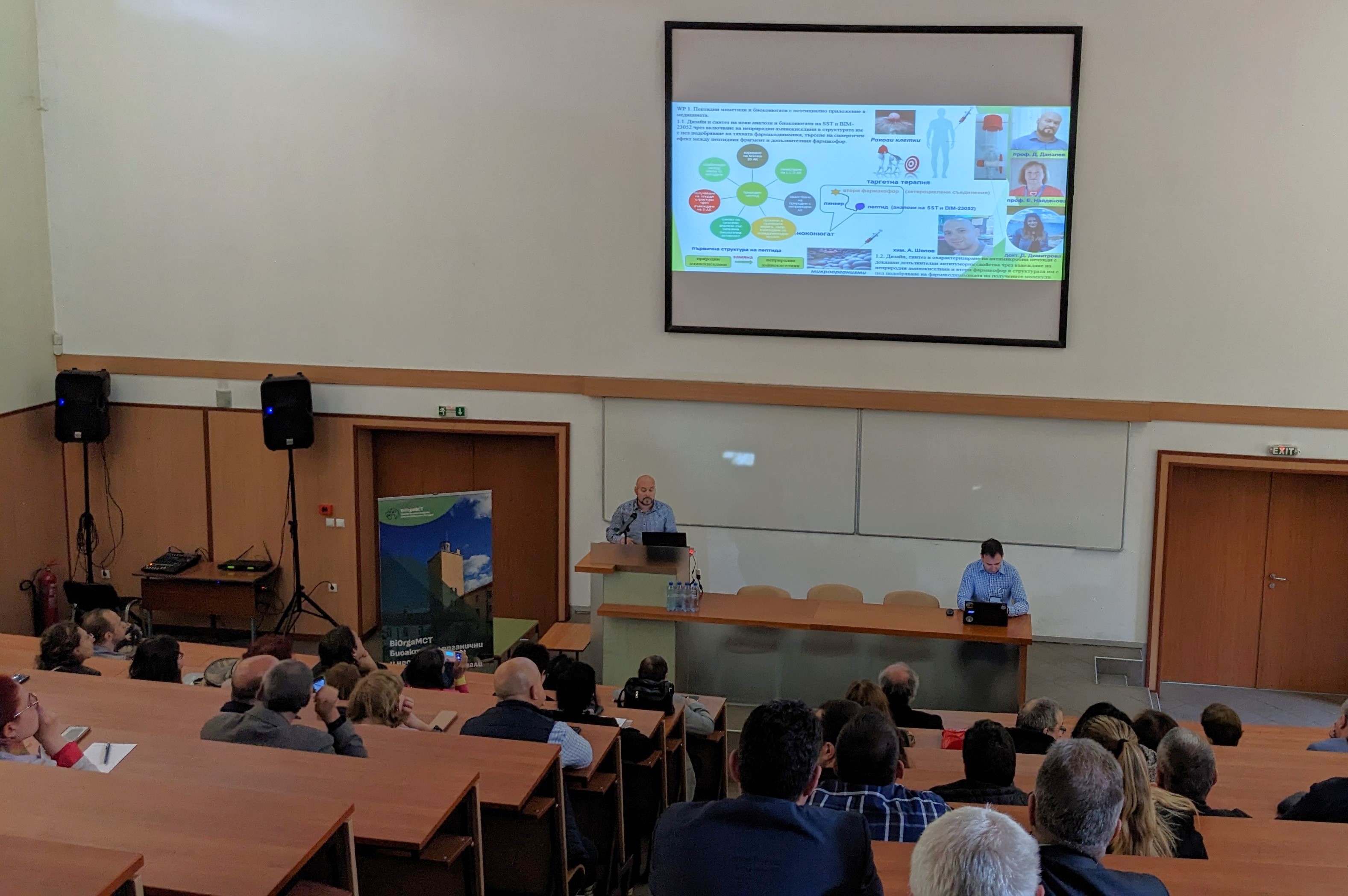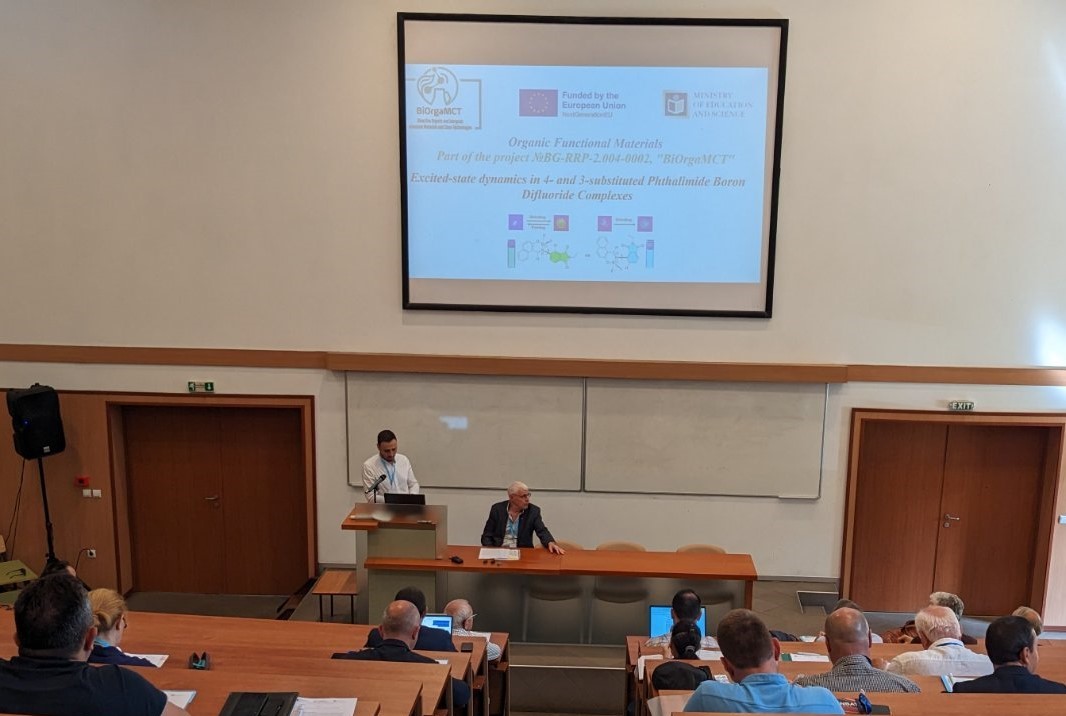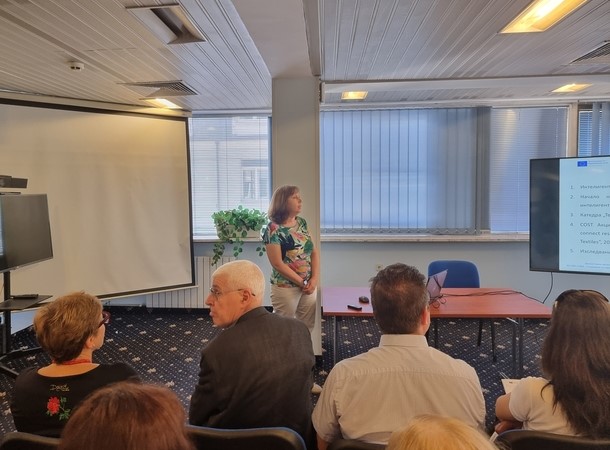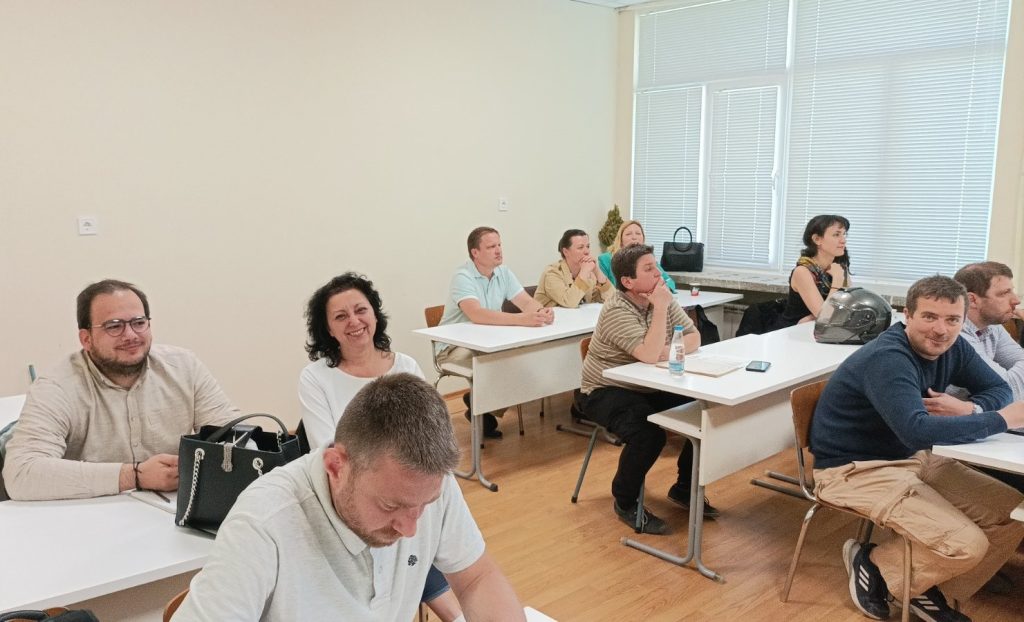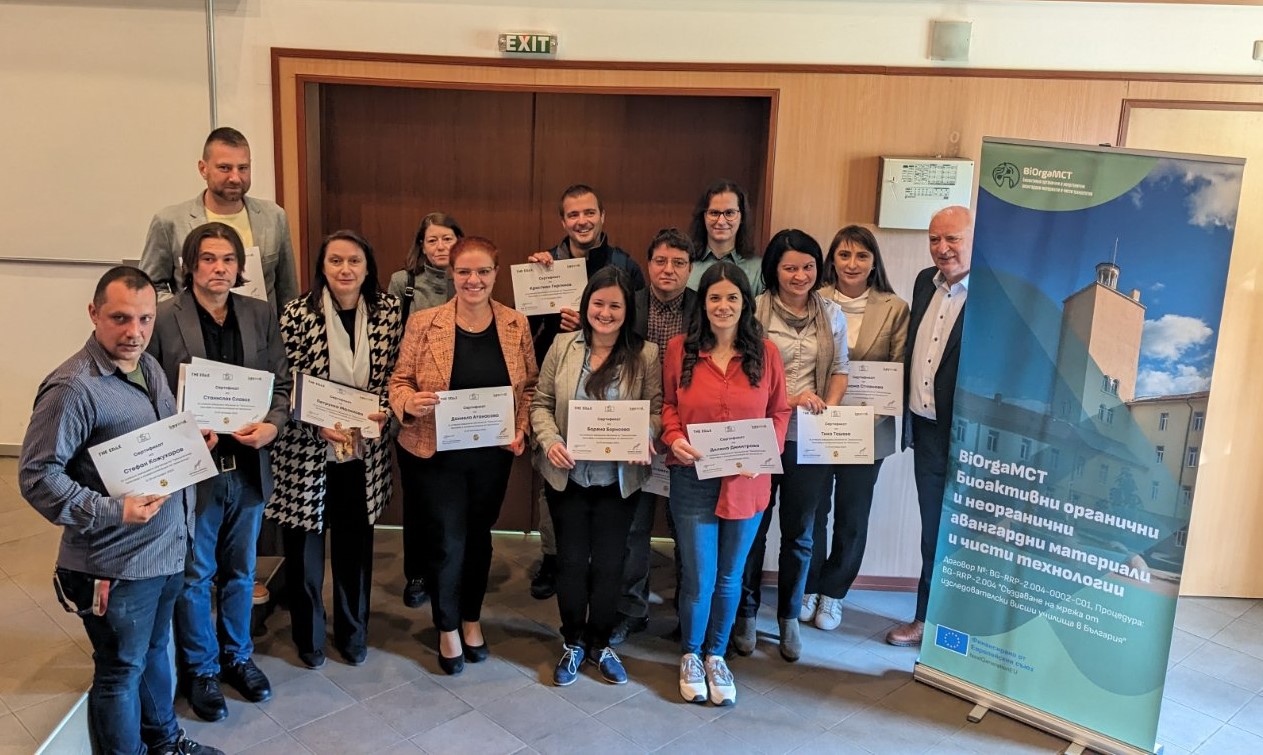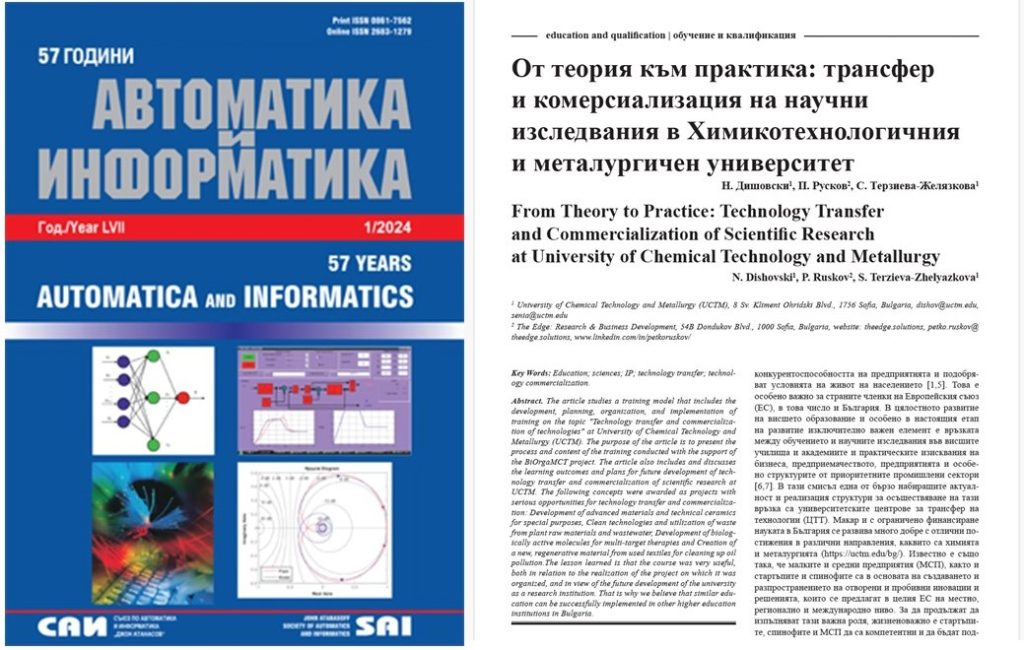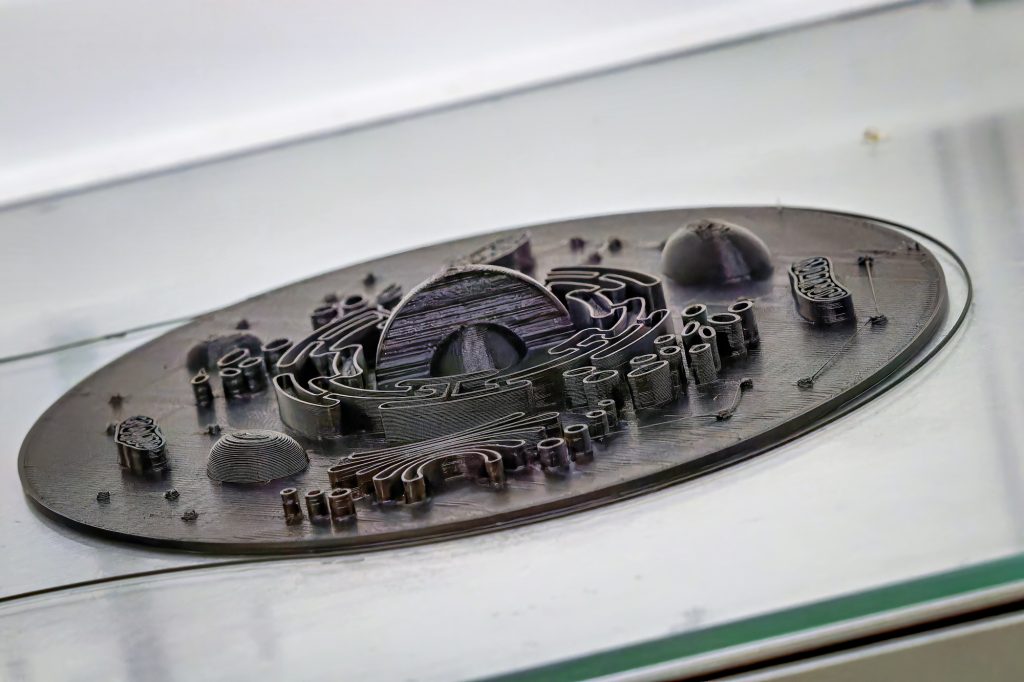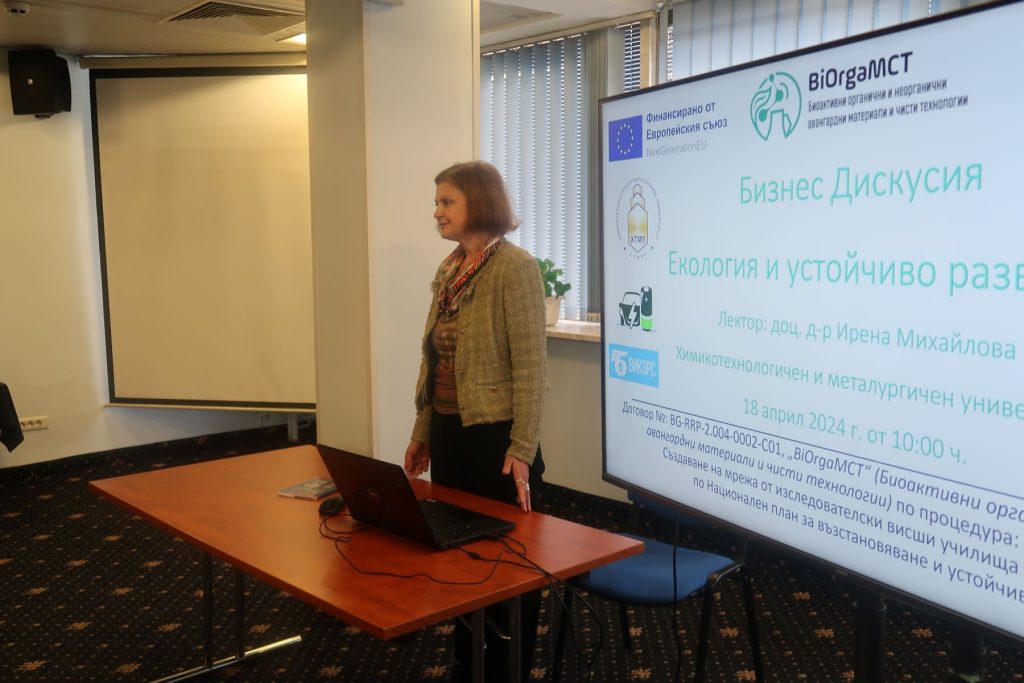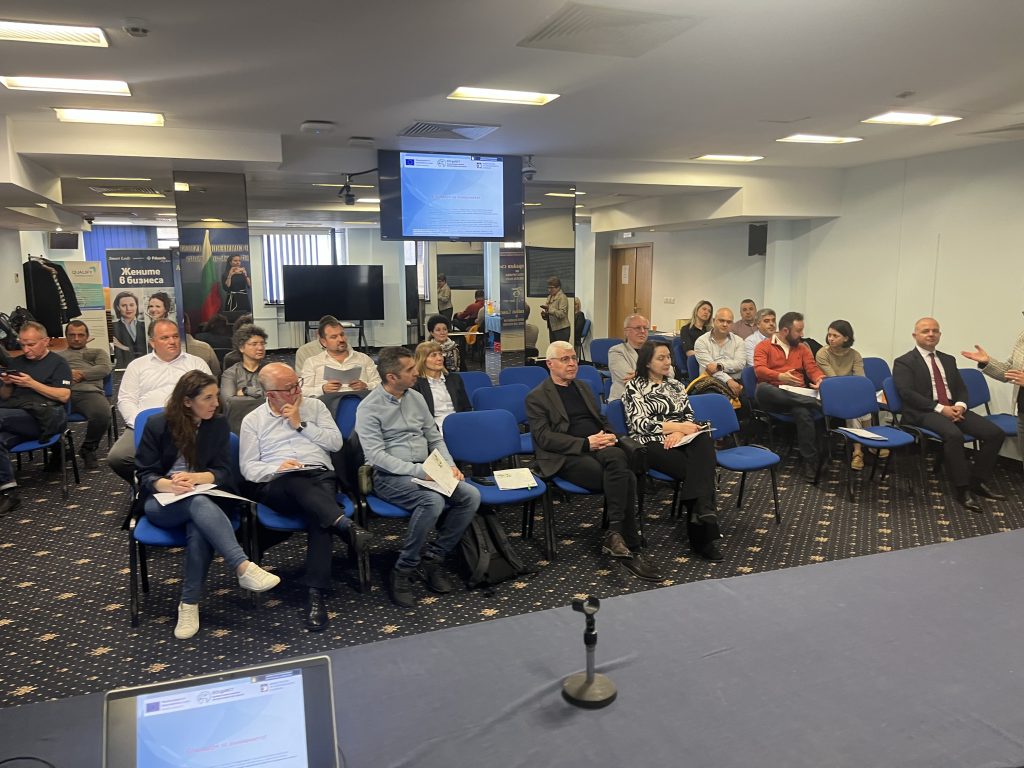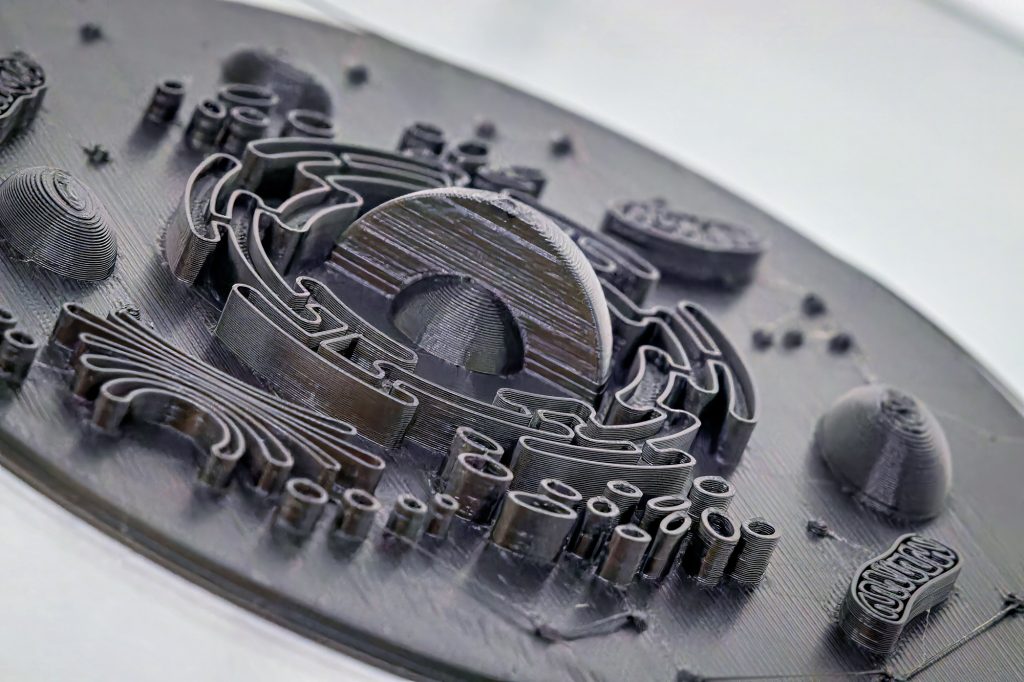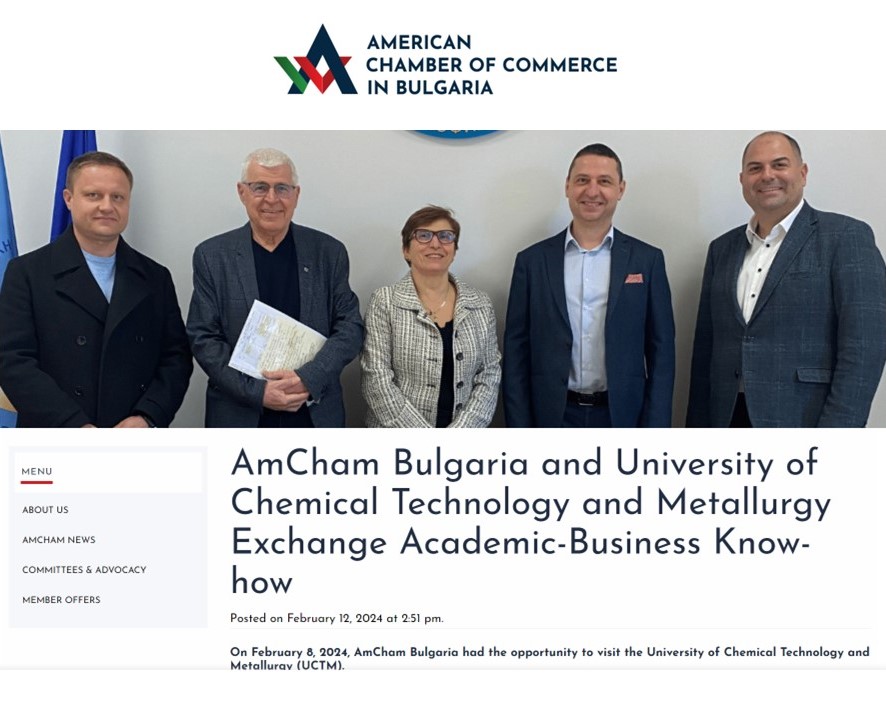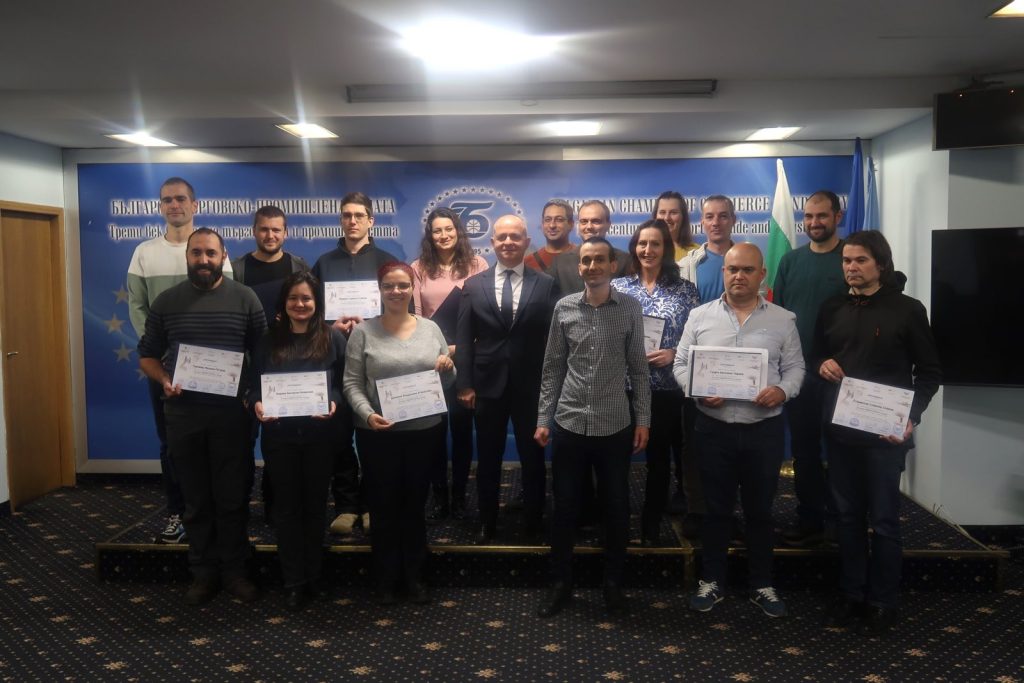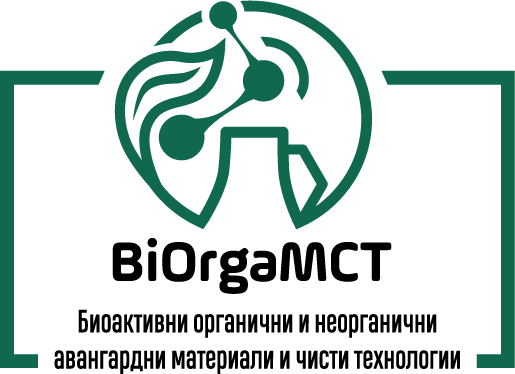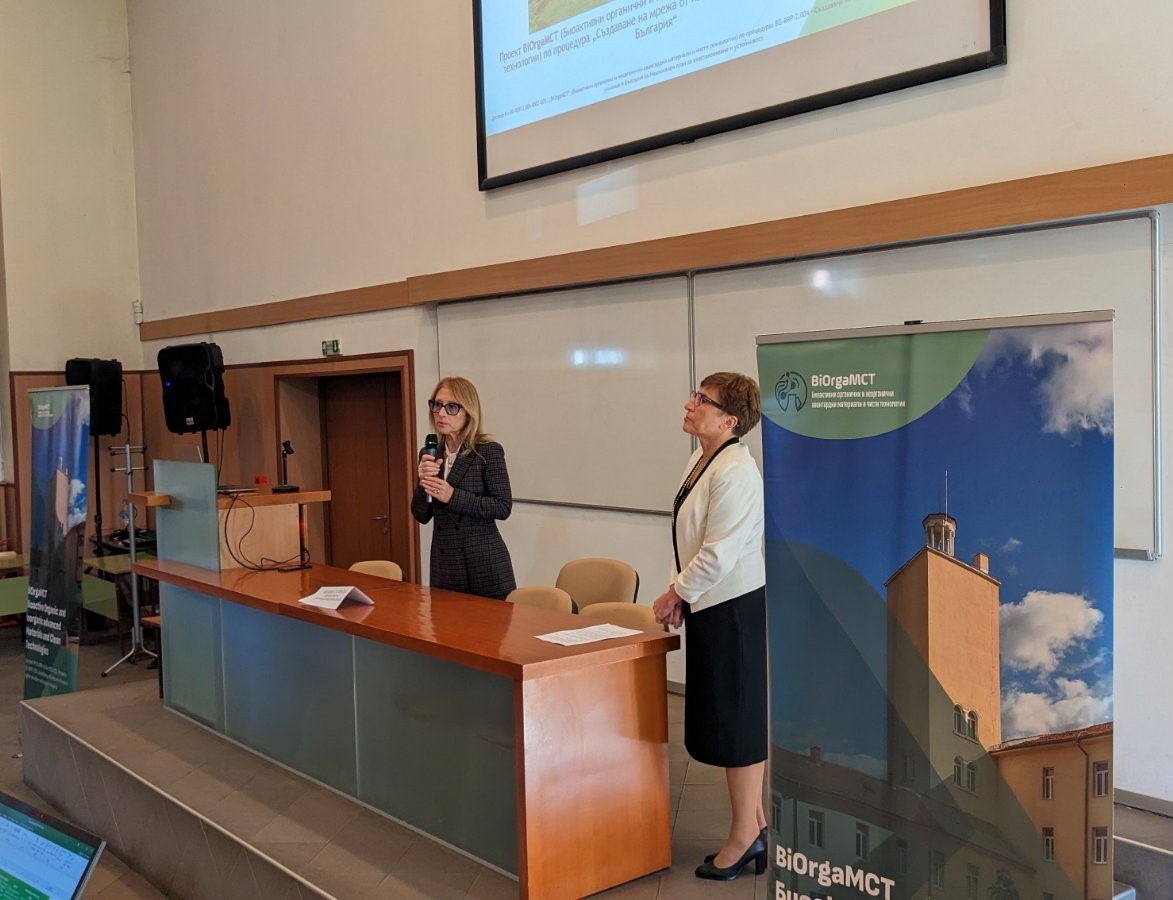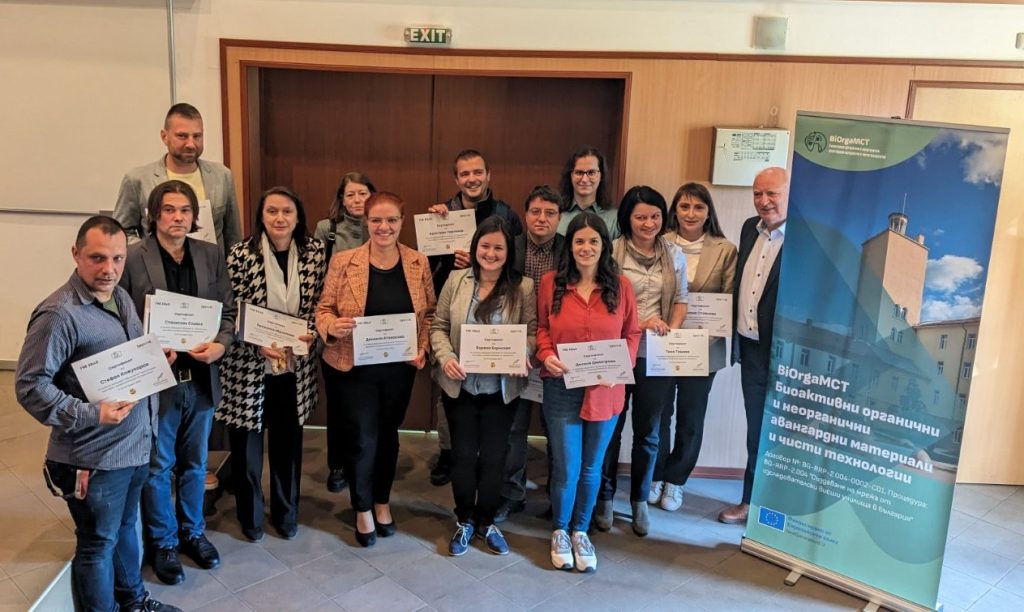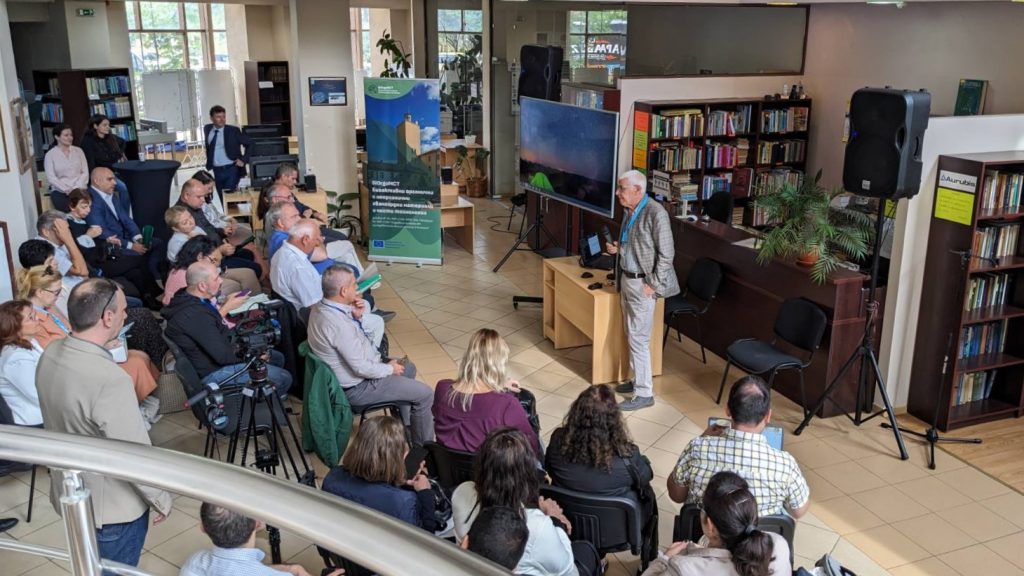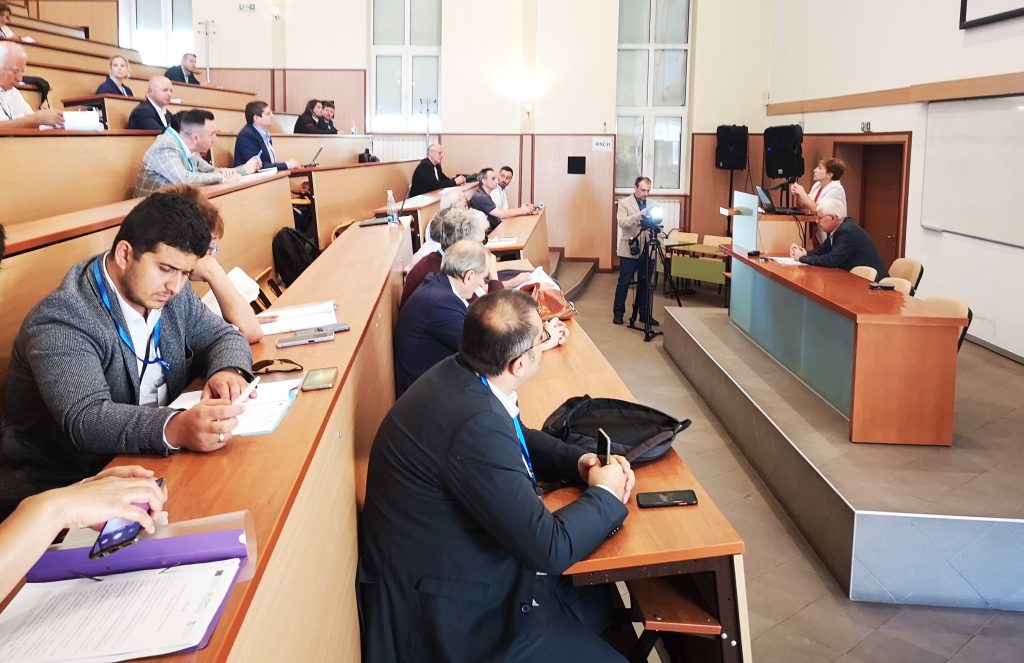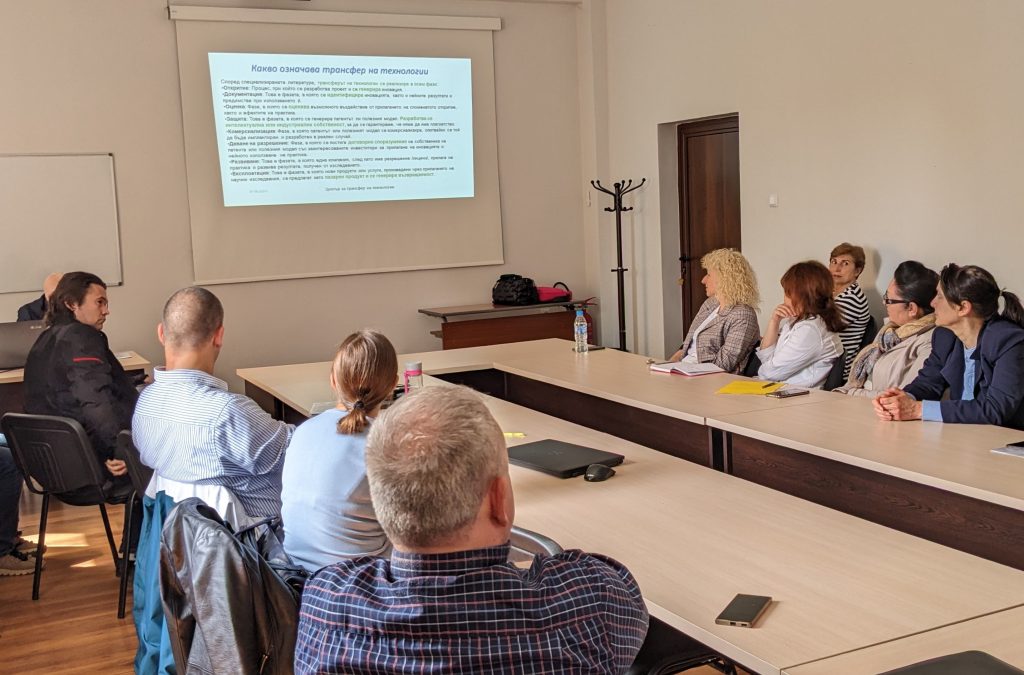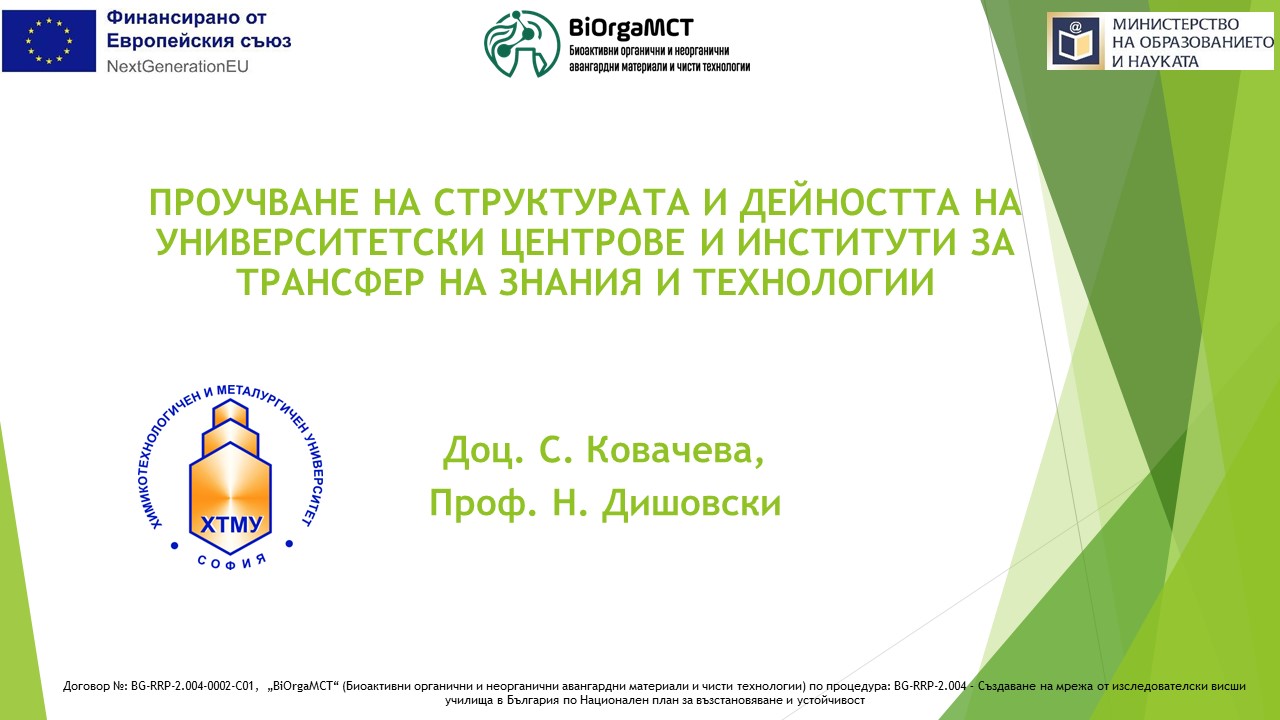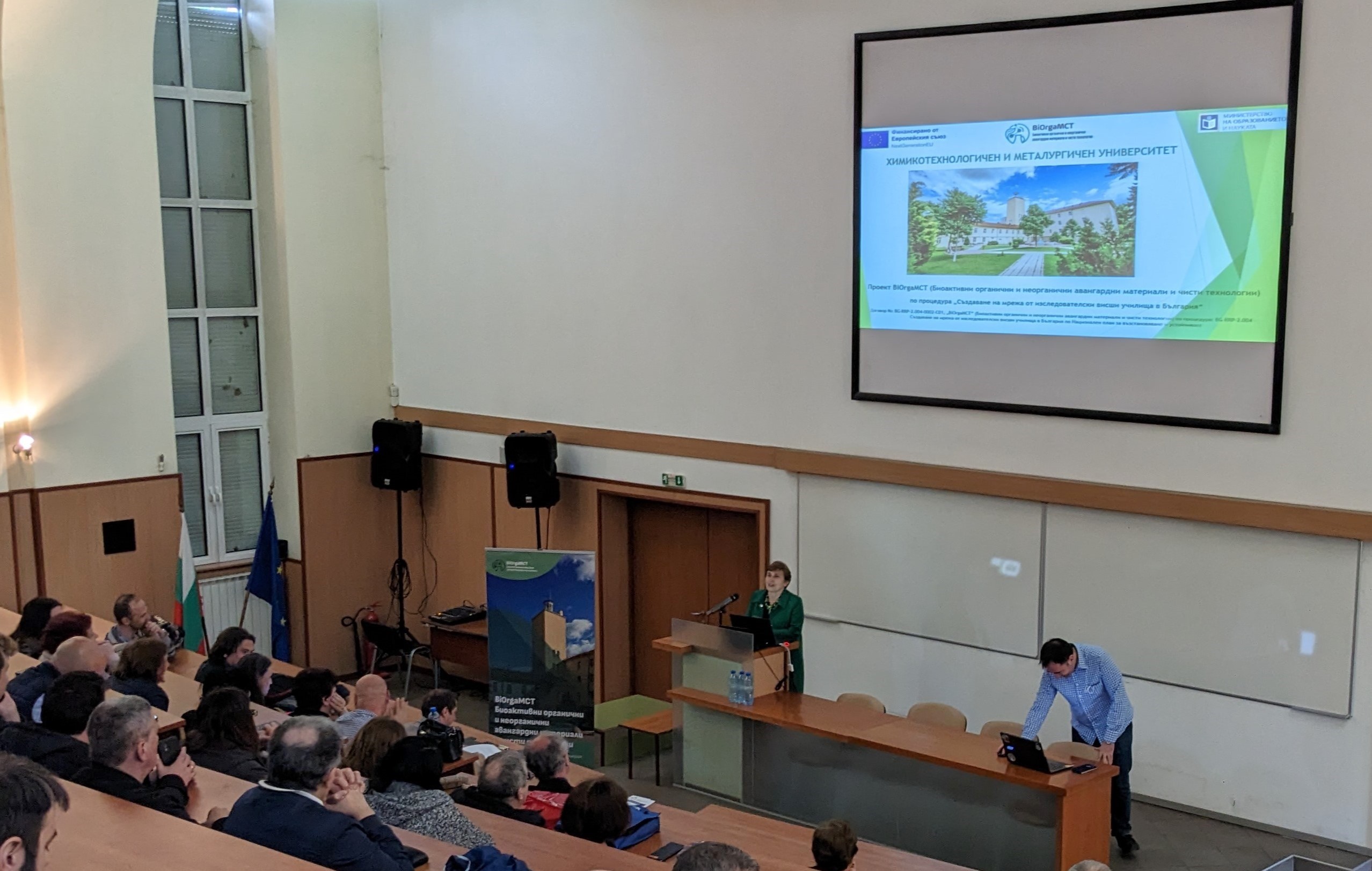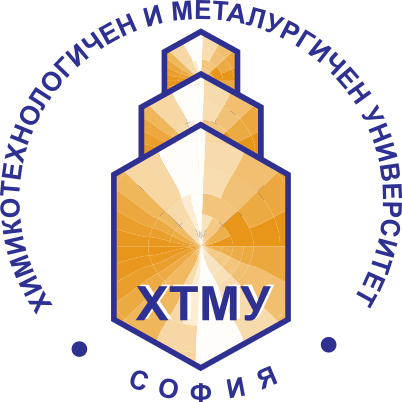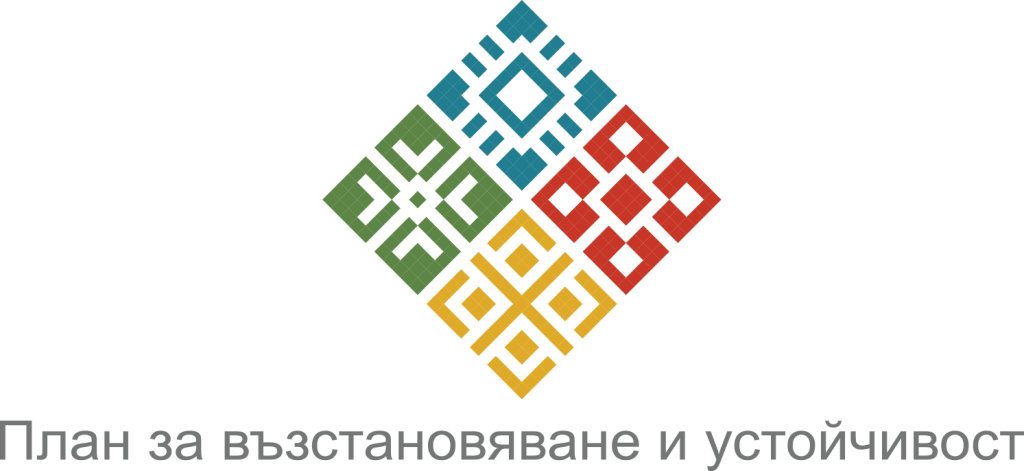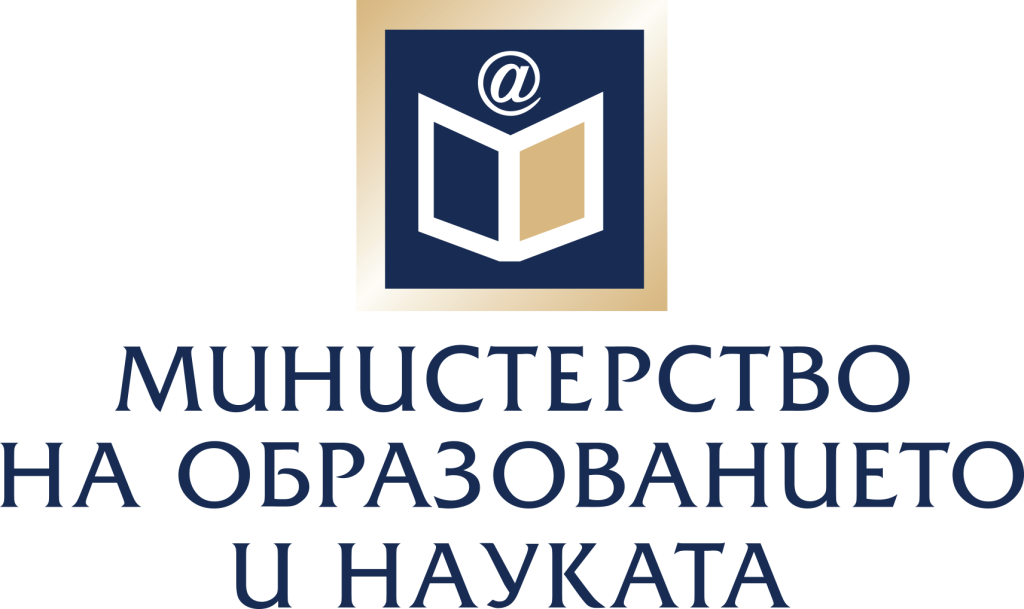About the course
Within the framework of 3D printing and 3D scanning training, participants are involved in various tasks such as:
- Scanning of three-dimensional objects, representing a combination of multi-component voluminous oxide glasses, glass ceramics and ceramics of different shapes, sizes up to 90x50x1Smm, accuracy up to 0.01 mm and 3D resolution up to 0.029 mm.
- Modeling and creation of electronic models of a three-dimensional object (volumetric structures with the participation of ceramic and glass-ceramic objects) of a composite material with specified physico-mechanical properties and with optimal printing profiles for the most used high-performance polymers and carbon composites, a combination with new ceramic and glass-ceramic materials.
- Sample printing with continuous fiber reinforcement (CFR) and fused filament fabrication (FFF).
- Printing of composite hybrid material by Low Force Stereolithography (LFS), using ESD Resin (800 ml) and Tough 2000 Resin (800 ml).
The training was assigned by the client Chemical Technology and Metallurgical University and conducted by the contractor BULGARIAN CHAMBER OF COMMERCE AND INDUSTRY, for the needs of project BG-RRP-2.004-0002-C0З, “BiOrgaMCT” (Bioactive organic and inorganic advanced materials and clean technologies) under the procedure “Establishment of a network of research universities in Bulgaria”.
Within the framework of 3D printing and 3D scanning training, participants are involved in various tasks such as:
- Scanning of three-dimensional objects, representing a combination of multi-component voluminous oxide glasses, glass ceramics and ceramics of different shapes, sizes up to 90x50x1Smm, accuracy up to 0.01 mm and 3D resolution up to 0.029 mm.
- Modeling and creation of electronic models of a three-dimensional object (volumetric structures with the participation of ceramic and glass-ceramic objects) of a composite material with specified physico-mechanical properties and with optimal printing profiles for the most used high-performance polymers and carbon composites, a combination with new ceramic and glass-ceramic materials.
- Sample printing with continuous fiber reinforcement (CFR) and fused filament fabrication (FFF).
- Printing of composite hybrid material by Low Force Stereolithography (LFS), using ESD Resin (800 ml) and Tough 2000 Resin (800 ml).
The training was assigned by the client Chemical Technology and Metallurgical University and conducted by the contractor BULGARIAN CHAMBER OF COMMERCE AND INDUSTRY, for the needs of project BG-RRP-2.004-0002-C0З, “BiOrgaMCT” (Bioactive organic and inorganic advanced materials and clean technologies) under the procedure “Establishment of a network of research universities in Bulgaria”.



